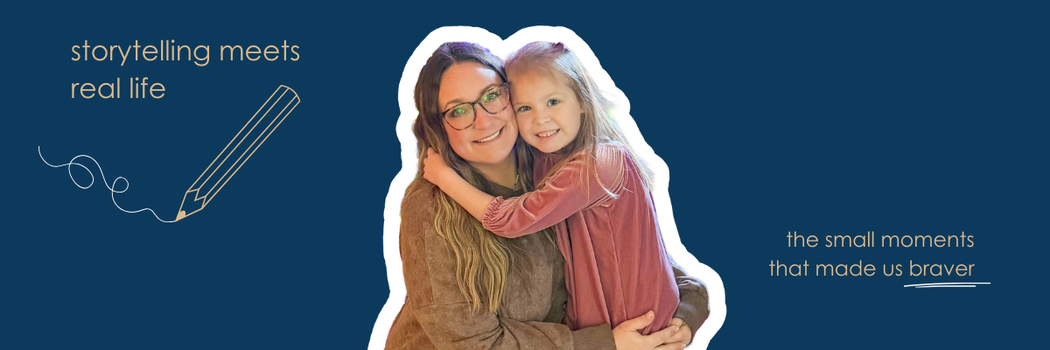Uncertainty in schools isn’t going anywhere, but silence or sterile updates can make confusion grow faster than a kindergarten line in the hallway. At Alchemy, we believe moments of change are the perfect chance to build trust, not lose it.
Inspired by The Learning Accelerator’s piece on scaling through storytelling, we’re here to show you how clear, human-centered stories can bring families and staff closer... even when plans shift overnight.
why your community needs more than bullet points
Families don’t just want to know what is changing. They want to know why it matters for their kids. Teachers want to see themselves reflected in the story. And everyone needs communication that feels like it came from a neighbor, not a PR robot.
At Alchemy, we help district leaders:
✔️ Lead with heart by putting students and staff at the center of every message
✔️ Translate chaos into clarity so updates build confidence instead of confusion
✔️ Build storytelling systems because trust comes from consistent, on-brand communication... not one-off announcements
stories are powerful, but systems make them sustainable
We’ve seen too many schools pour energy into one great story, then let it fade into the ether. Our approach helps you create repeatable systems so your stories keep flowing, your brand stays strong, and your community feels seen even when times are tough.
want to get started?
Ready to build a storytelling system your district can count on?
Schedule a discovery call with Team Alchemy today.








